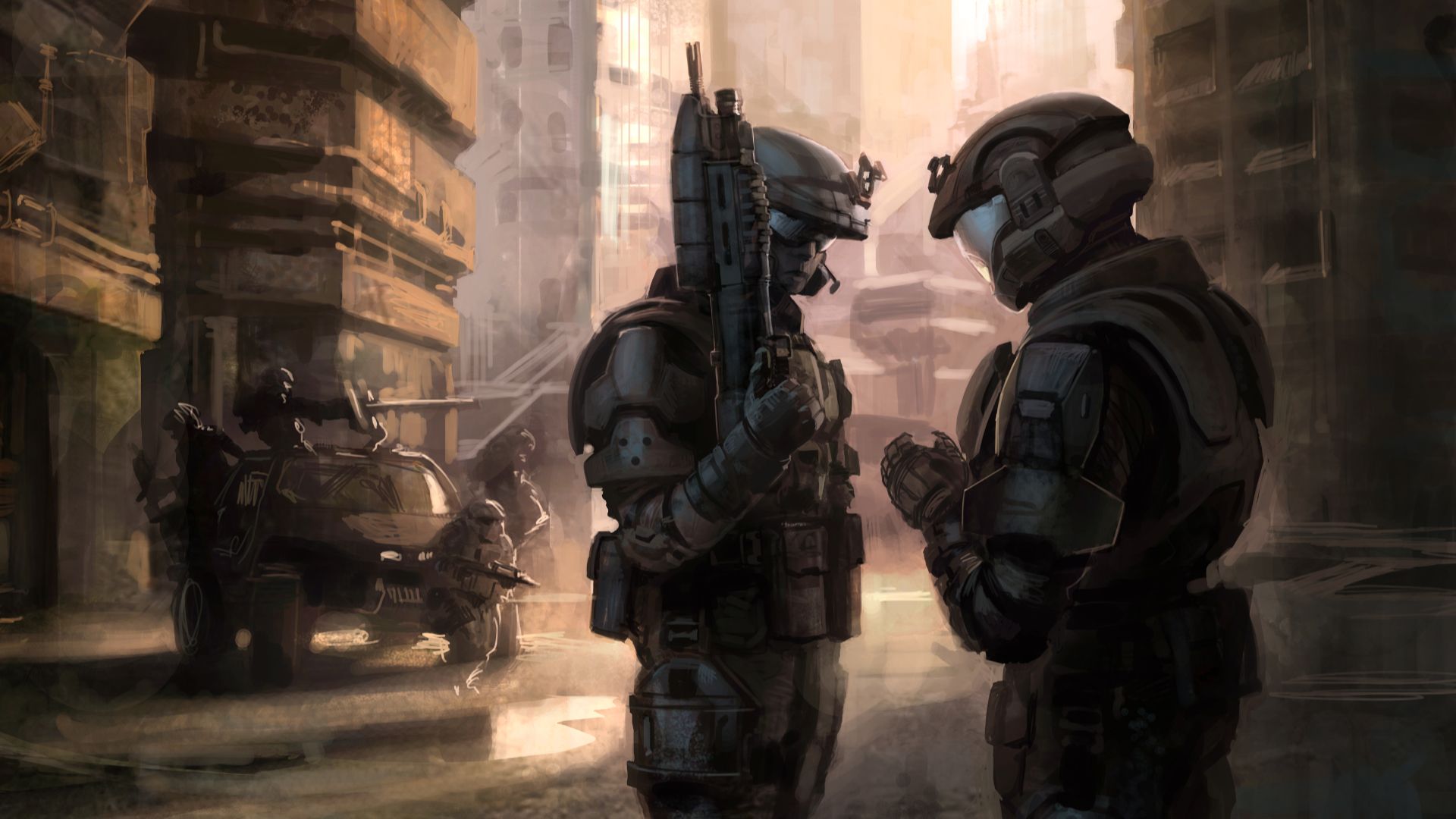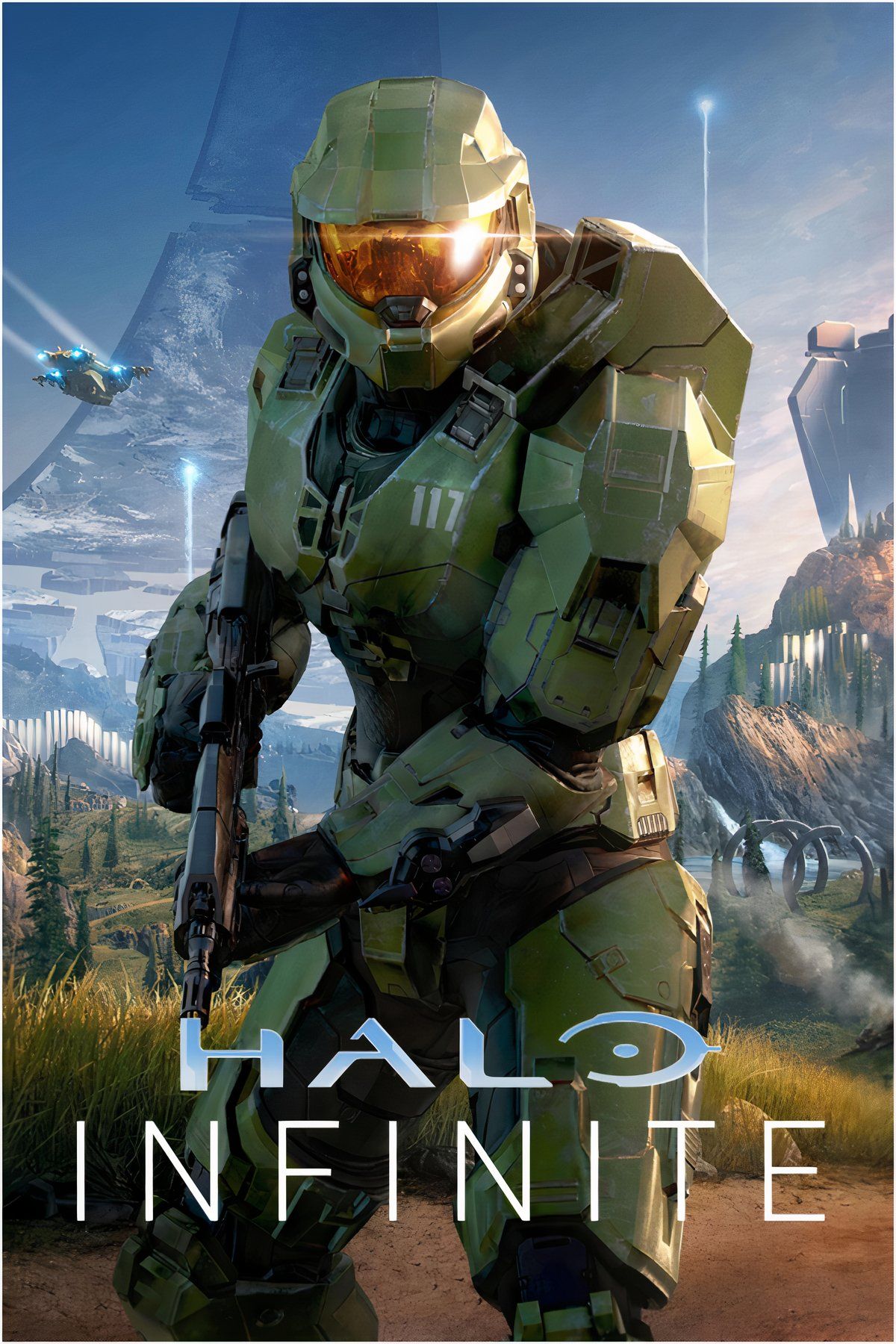Years ago, fans were excited to see the return of Master Chief, who vowed in Halo 2 that he would “finish this fight.” Now, though, the fight looks finished in the worst possible way. When Halo Infinite debuted, it was a hit title that once had over 272,000 gamers playing simultaneously on Steam. Now the game is nearly dead, with only about 2,000 players (give or take) playing on Steam at the same time.
So where did this behemoth of online mutliplayer go wrong, and what can developers learn from its many failures?
A Lackluster Battle Pass
For better or for worse, Fortnite has become one of the most dominant forces in the video game landscape. That means that other shooting games often try to emulate the success of Epic’s battle royale. For example, Halo Infinite included a Battle Pass system that was meant to entice players into always coming back for increasingly impressive rewards. Unfortunately, compared to Fortnite and other games, the Halo Infinite Battle Pass was exceedingly crappy.
At launch, the Battle Pass didn’t award players any XP just for playing rounds outside of a single daily challenge. Instead, players had to mostly earn XP through a series of annoying challenges that took forever to complete and often made them play in obscure or annoying game modes. Considering how long it took to rank up (1000 XP to advance even one level), the Battle Pass transformed Halo Infinite from a fun shooter into an annoying grind.
In many ways, Halo Infinite has improved since its launch. But the awful Battle Pass system never made enough improvements to gain back the number of players it drove off in the early days of the game. You only get one shot at this when your game is new, and players generally don’t forget.
Infinite Lacked Social Features
The original Halo: Combat Evolved was a social game, mostly by necessity. In the days before Xbox Live, players had no choice but to lug their heavy consoles to other players’ homes and engage in some serious LAN parties. Halo 2 introduced online matchmaking, but the franchise still felt weirdly social because players were gathered in lobbies before and after the match. While this led to a fair amount of online trash talk, it also gave players time to get to know each other and to even have a laugh looking at the stats after an intense match.
Those social features were so ingrained into the franchise that many players (myself included) were shocked when Halo Infinite launched without any kind of lobby. On top of that, the game’s multiplayer voice chat was disabled by default. Did this spare all of us from the occasional screaming child or wheezing troll? Sure. But the lack of communication before, during, and after a match made Halo Infinite feel like one big ghost town.
Is it any wonder players got tired of haunting it?

Related
Xbox Is Now the Betamax of Gaming Consoles
Talk about backing the wrong horse.
Early Maps Lacked Diversity
One of the problems that Halo Infinite players complained about early on were the game’s maps. Or, more specifically, the game’s lack of maps. The title launched with only 10 multiplayer maps, whereas the original Halo launched with 14. Now, as Infinite’s defenders have pointed out, it still featured more launch maps than Halo: Reach or Halo 5. But it still felt like more was needed to make the desired impact at launch. Plus, it was downright sobering to go from the Master Chief Collection having over 120 maps to Infinite only having 10.
This problem wouldn’t have been so bad if not for the fact that the Forge mode was unavailable at launch. Once this mode was added, developers began to add awesome fan-made maps to multiplayer that helped create some much-needed online map diversity. But to some veteran players, the optics of this were bad. After all, the professional game developers who were being criticized over their lack of maps had to be bailed out by players who were just effortlessly creating killer levels in their spare time.
Developers Failed to Effectively Communicate With Players
Developing a video game is a lot like dating—communication is everything. Most of the problems with Halo Infinite that I’ve listed so far wouldn’t have been as big of a deal if 343 Industries had taken the time to acknowledge where they messed up and offered players a definitive plan for major improvements. Unfortunately, the devs continuously dropped the ball, offering minimal communication that ultimately hurt their fanbase.
Some of the worst communication issues had to do with the game’s roadmap of future developments. The game launched in November 2021, and devs promised a definitive roadmap by January. Unfortunately, months passed with no road map. At the same time, players began to notice the lack of support for Infinite as a live service game. This was supposed to be the next major step for the franchise, but those early days of live service felt more like an online beta from a shaky startup than a flagship title from one of the industry’s leading developers.
The effect was swift and brutal, with many players leaving the game altogether. The faithful stuck around, but even then, far too many decided to wait until Season 2 to jump back into the fight. That meant the game had poor word-of-mouth among casual players and veteran fans alike, killing any chance of it garnering some much-needed early buzz.
Many Problems Started Before Release
If you’re reading this, you’ve likely been asking the same question for a long time: where did Halo Infinite go wrong? Sadly, there’s a fair argument that things went sideways long before the game was released. The game was supposed to come out in 2020 but was delayed due to many behind-the-scenes production issues.
As an example, it was later revealed that the game’s beautiful teaser trailer was created by an outsourced team and not actually playable. This partially explained why the first gameplay release trailer looked so little like that earlier preview. Speaking of outsourcing, it turns out that a large chunk of the game was made by outsourced teams, and the difficulties in collaborating with the in-house team contributed to the game’s delayed release and arguably lackluster launch.
Perhaps the final straw came when Halo Infinite creative director Tim Longo left in August 2019; his replacement, Mary Olsen, left only two months later. This signified a lack of creative leadership even as 343 maintained that they were not facing any creative problems behind the scenes. All of this added up to the perfect storm of bad, delayed development and botched creative decisions that possibly sealed this game’s fate from the start.

Related
10 Xbox Games You Probably Haven’t Played (But Definitely Should)
Everything is an Xbox now, apparently, so play these games.
The Campaign Could Have Used More Content Too
Credit where credit is due: the campaign for Halo Infinite is pretty fun. Sure, it’s less sweeping in scope than earlier titles like Halo 2 or Reach. But running around an open world map with a Batman-style grappling hook helped me appreciate the Halo universe in a brand-new way. It’s also short and sweet, making it a video game you can finish in a weekend. This leads to the next major problem with Halo Infinite: the cool campaign never got any continuation, and the game itself never got any real DLC.
Admittedly, I may sound like a spoiled gamer when I say that the developers should have expanded on Halo Infinite over the years. However, keep in mind that 343 originally announced that the game would be a decade-long project, receiving numerous updates and expansions. Obviously, that never happened, but I can’t help but think some sort of additional content beyond added multiplayer maps (many of which are fan-made) might have saved this game from disaster.
Too Little, Too Late
I need to address what Halo Infinite’s most ardent defenders have likely been screaming while reading this: yes, 343 eventually addressed many of these issues in some form or another. After enough fan complaints about their absence, we eventually got new maps and the awesome Forge mode. The Battle Pass system also received some tweaks, though the addition of annoying, cash-grab Premium Passes arguably cancels out the goodwill they get for fixing the system.
However, the larger issue is that every fix or addition made by 343 amounts to “too little, too late.” By the time developers started correcting course, the game’s botched launch, bad word-of-mouth, and lack of updates and official communication ensured that Halo Infinite had bled the vast majority of its players. It never had a chance to grow, and the player base was simply too small to justify any real expansions.
Just like that, the game meant to be Master Chief’s 10-year-long masterpiece is on life support, making it a game you should play before it’s too late.
When you’re in the mood for an easy, breezy shooter, Halo Infinite is still very fun to play. And its running-and-gunning gameplay remains some of the best among modern first-person shooters. But all of these developmental problems and studio issues prevented the game from ever achieving true greatness. Forget finishing the fight: judging from how few people are left playing this game, it seems the fight was finished–and lost–long ago.

Halo Infinite


- Released
-
December 8, 2021
- ESRB
-
T for Teen: Blood, Mild Language, Violence
- Developer(s)
-
343 Industries
- Publisher(s)
-
Xbox Game Studios